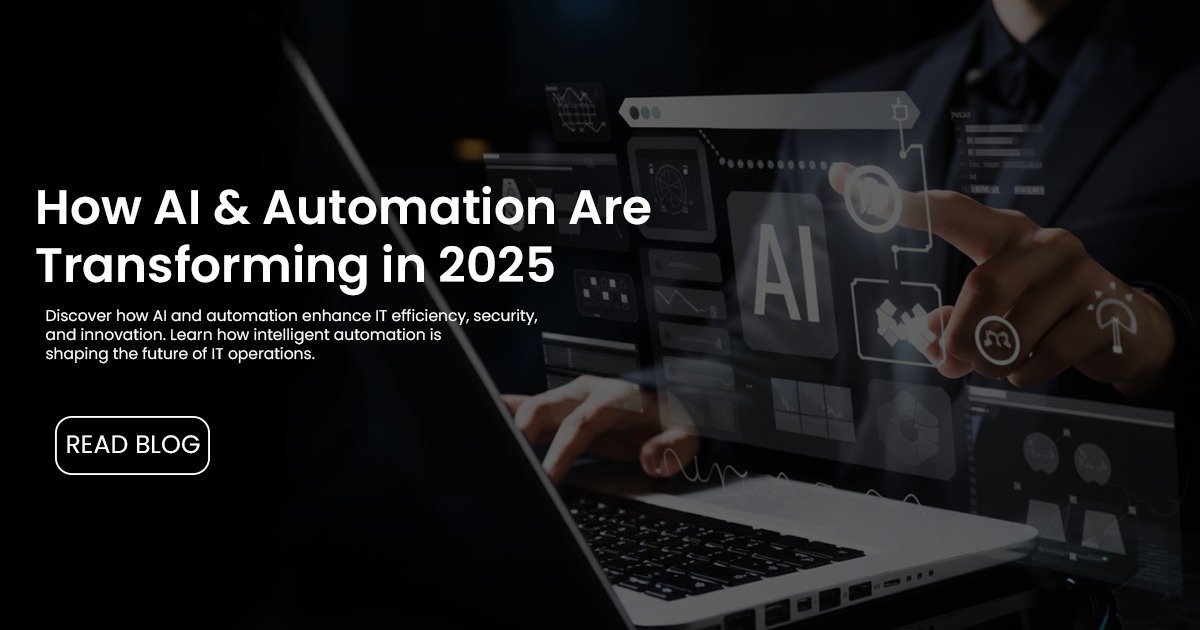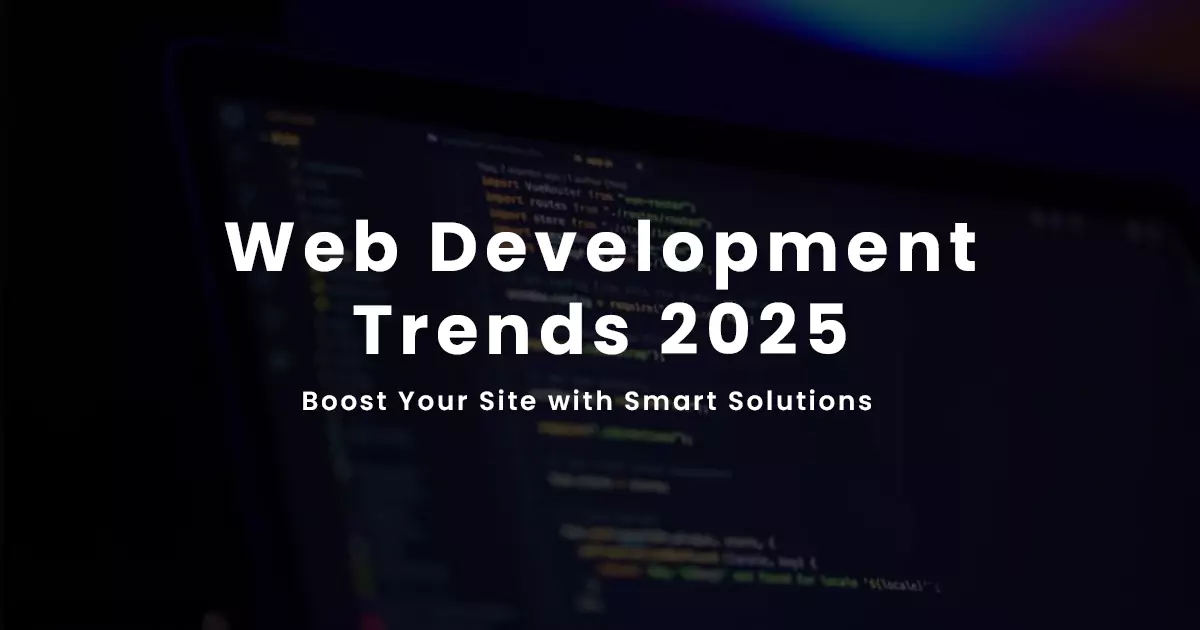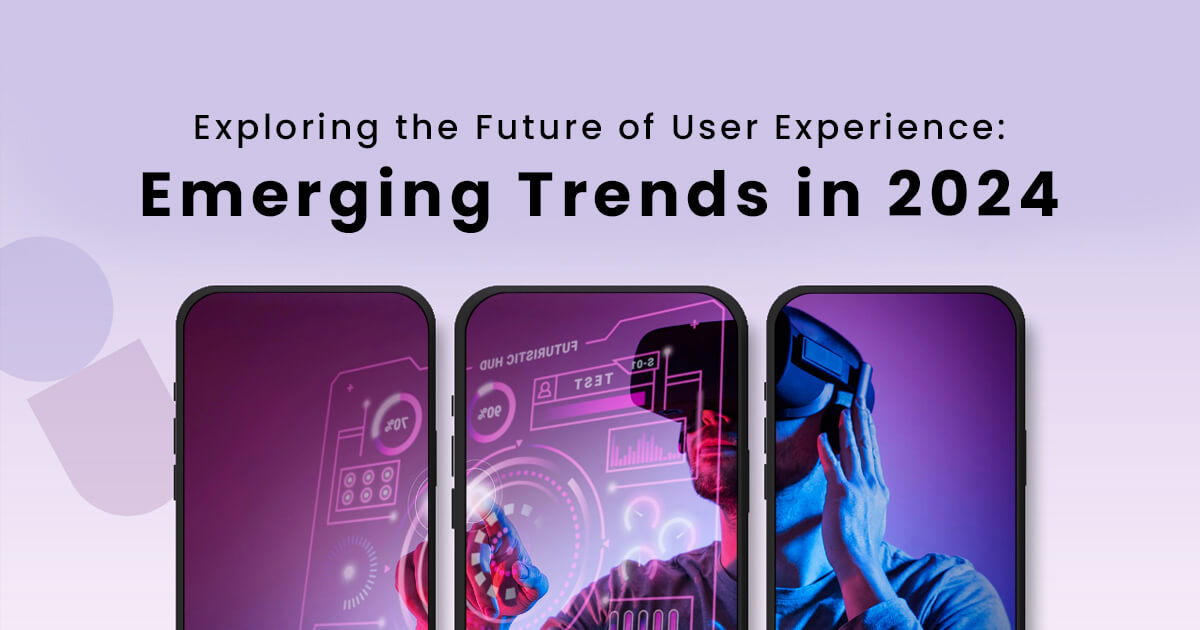Table of Contents
ToggleWhat Are AI and IT Automation?
Before we explore their effects, it’s important to grasp the distinction between AI and
automation — and how they work together.
● Automation is the use of technology to carry out repetitive tasks with little human
involvement. It adheres to set rules and procedures — such as performing system
updates, creating reports, or handling tickets in an IT service desk.
● On the flip side, Artificial Intelligence advances automation even further. It allows
machines to learn from data, forecast outcomes, and adjust to new circumstances
without needing explicit programming.
When AI and automation are combined, they can sift through vast amounts of data, make
informed decisions, and carry out actions immediately — a feat that traditional IT systems
could never accomplish.
The Role of AI in Modern IT Operations (AIOps)
The concept of AIOps (Artificial Intelligence for IT Operations) has seen significant growth in
popularity over the past few years. It combines AI, machine learning, and big data analytics
to improve and automate IT operational tasks.
Here’s how AIOps is revolutionizing the industry:
1. Proactive Issue Detection – AI systems are capable of analyzing logs and metrics in
real time to spot anomalies well before they lead to system failures.
2. Intelligent Alert Management – AI reduces noise by categorizing related alerts,
allowing IT teams to concentrate on what really matters.
3. Predictive Maintenance – Machine learning models can forecast when servers or
applications might fail, giving teams the chance to intervene before any disruptions
happen.
4. Automated Root Cause Analysis – Rather than spending hours on troubleshooting,
AIOps can pinpoint the root cause of a problem in mere seconds.
With AIOps, IT companies are transitioning from a reactive strategy to a more predictive and
proactive approach.
Key Benefits of AI and Automation in IT
1. Increased Efficiency
AI and automation drastically reduce the time needed to complete repetitive or
time-consuming tasks. From network monitoring to data backups, automated systems can
handle routine operations around the clock without errors or fatigue.
2. Reduced Operational Costs
By automating low-value tasks, IT teams can focus on strategic initiatives — such as
innovation, system optimization, and customer experience. This shift not only reduces
overhead costs but also increases ROI on technology investments.
3. Enhanced Security
AI-driven cybersecurity tools can detect unusual network activity, recognize patterns of
potential threats, and automatically isolate affected systems. In today’s landscape of
evolving cyberattacks, this proactive defense is critical.
4. Improved Decision-Making
With real-time data analytics, AI enables businesses to make smarter, faster decisions. IT
managers can predict demand, optimize workloads, and allocate resources efficiently —
leading to better business outcomes.
5. Scalability and Flexibility
AI and automation make it easier for IT systems to scale. Whether it’s handling increased
traffic, onboarding new users, or deploying new applications, intelligent systems adjust
dynamically without manual intervention.
Real-World Use Cases of AI and Automation in IT
1. Chatbots for IT Support
AI-powered chatbots can handle up to 70% of routine IT helpdesk queries — such
as password resets or software troubleshooting — freeing up human agents for
complex issues.
2. Intelligent Network Monitoring
AI systems continuously scan and analyze network data to identify inefficiencies or
security threats, automatically taking corrective action when needed.
3. Data Center Optimization
AI can analyze environmental data (like temperature or power usage) to improve
energy efficiency, reducing costs and carbon footprints.
4. Software Testing & Deployment
Automation tools enable continuous integration and delivery (CI/CD), automatically
testing and deploying updates — ensuring faster time-to-market.
5. Predictive Analytics for IT Infrastructure
Machine learning models forecast future demands, such as storage or computing
capacity, allowing businesses to plan resource allocation in advance.
How IT Companies Can Leverage AI and Automation
To fully exploit these technologies, IT firms should adopt a strategic mindset:
● Evaluate Business Requirements
Pinpoint areas where automation can yield the greatest benefits — such as customer
service, system upkeep, or security oversight.
● Incorporate AI Tools Gradually
Begin with specific applications (like automating network surveillance) before
expanding to organization-wide implementations.
● Invest in Skills and Training
Provide your team with expertise in AI, machine learning, and data analysis to
facilitate seamless integration.
● Collaborate with AI Service Providers
Work alongside seasoned AI solution providers to tailor tools that meet your business
objectives.
● Emphasize Data Integrity
Given that AI is heavily dependent on data, it is crucial to maintain clean, precise, and
well-organized datasets for success.
The Future of AI and Automation in IT
The future of IT operations is centered around autonomous systems capable of self-repair,
self-configuration, and self-optimization. By 2030, experts forecast that over 70% of IT tasks
will be automated through AI-driven technologies.
We can also anticipate:
● More intelligent predictive analytics that entirely avert downtime.
● Enhanced cybersecurity with adaptive defense strategies.
● Collaboration between humans and AI, where IT experts concentrate on creativity and strategy while machines manage execution.
AI and automation are not here to replace humans — they are here to empower them. The
aim is not to eliminate IT professionals but to equip them with enhanced capabilities to tackle
complex challenges more swiftly and effectively.
Final Thoughts
AI and automation have become indispensable for IT companies — they are crucial for maintaining competitiveness in a rapidly digitalizing economy. These technologies are revolutionizing all facets of IT operations, from enhancing service delivery to boosting security and cutting costs.
By adopting AI-powered automation, your IT firm can provide more intelligent solutions, function
more effectively, and generate lasting value for clients. The future of IT is not merely automated,
it’s also intelligent.




